India’s sports infrastructure has often been an understated aspect of its urban landscape, relegated to the periphery of civic and academic priorities. Yet, in a country where sports have the potential to unite diverse communities, sports centers represent more than just physical structures; they embody aspirations, discipline, and the pursuit of excellence. In the educational institutions landscape, a new architectural narrative is emerging—one that celebrates sports not just as a physical activity, but as a transformative experience. The Figured Ground University Sports Arena stands as a powerful symbol of this vision, proving that sports facilities can be more than mere functional spaces. Tucked away in Hubballi, Karnataka, this extraordinary project by Thirdspace Architecture Studio is a beacon of innovation, reimagining what a university sports arena can truly represent.
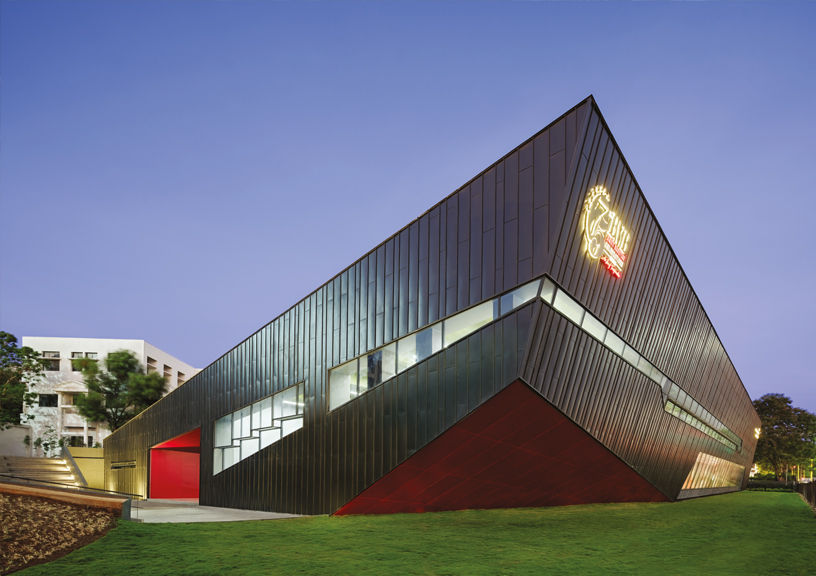
The project began with two opposing visions from the university leadership. One sought to preserve the campus’s green expanse, viewing the site as a vital ecological buffer. The other envisioned an iconic structure marking the university’s 75-year journey, a beacon of progress visible from the city. Reconciling these divergent viewpoints, the design embraces duality: it is a structure of absence and presence, simultaneously blending into and standing out from its surroundings.
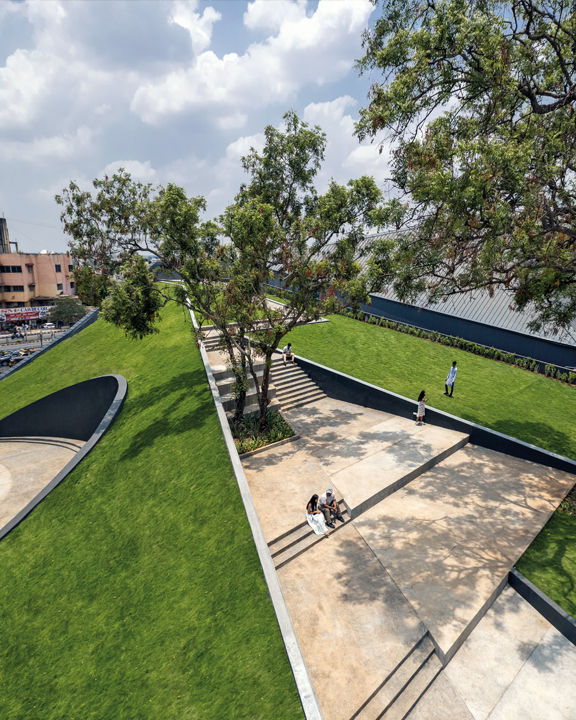
“When I was a student of architecture, I had read an article which argued that the places for some of Corbusier’s greatest achievements, like the monastery of La Tourette or the Ronchamp Chapel, were not prominent commissions by themselves, but rather were small nondescript sites and programs in the recesses of the countryside. It was their design that made these projects noteworthy. This article has remained with me and has influenced our approach where we believe that design has the power to transcend limitations posed by geography, budgets or scale.” says Praveen Bavadekar, Principal & Partner of Thirdspace Architecture Studio. From the city road, it appears as an imposing facade; from the campus, it descends gently into the terrain, blurring boundaries between built environment and natural landscape.
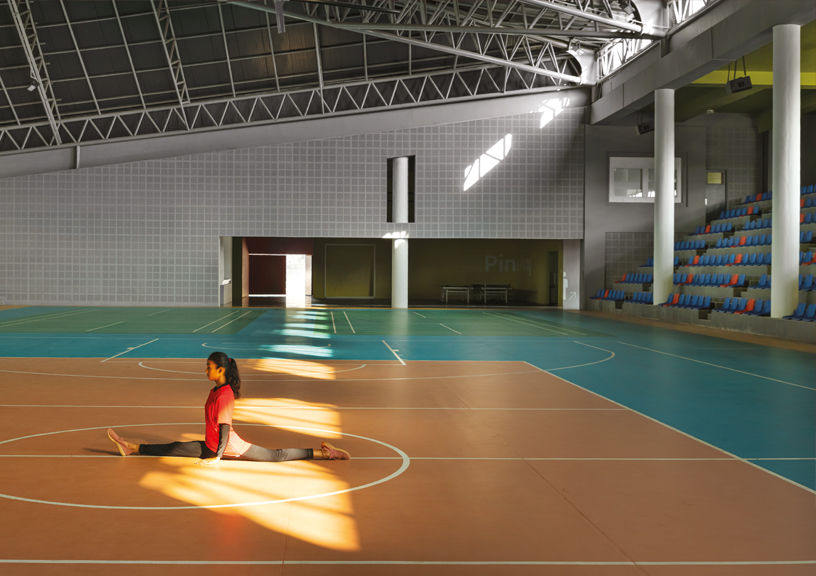
The building’s layout capitalises on the natural slope of the site, integrating with the landscape to create a space that feels grounded and immersive. Its central courts, sunken into the earth, form the heart of the arena, providing an acoustically and climatically efficient environment for activities. The roof, partially green and partially clad in shimmering zinc, offers a contrasting aesthetic, reflecting the urban chaos while sheltering serene sporting activities within.
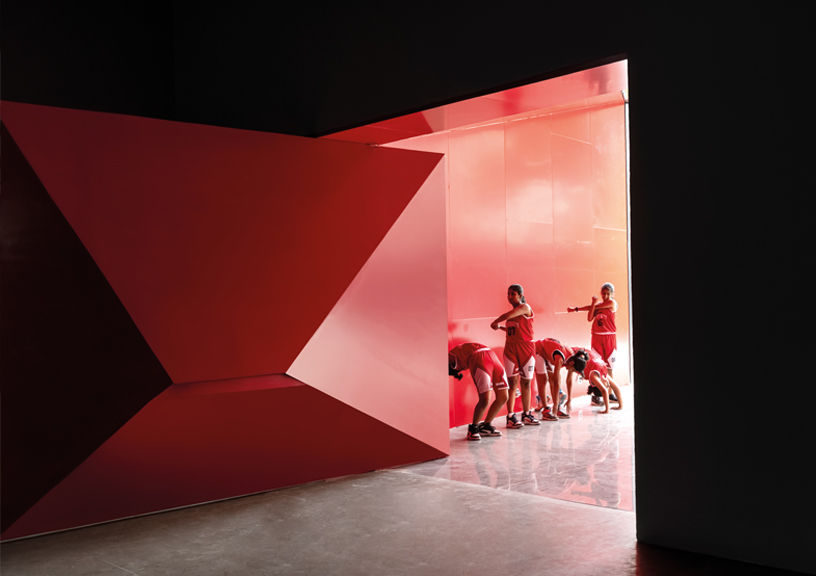
Each sport demands spaces with precise dimensions and volumes, leaving little room for deviation. To meet these requirements, the design prioritised functionality without compromising the site’s visual and environmental integrity. Key features, such as the basketball and badminton courts, served as the central anchors of the arena. These courts required expansive spans and high ceilings, which posed a challenge to the site’s scale. To address this, the architects strategically submerged the courts below ground level, allowing the surrounding landscape to take precedence. This decision not only minimised the building’s visual dominance but also integrated it harmoniously into the campus terrain.
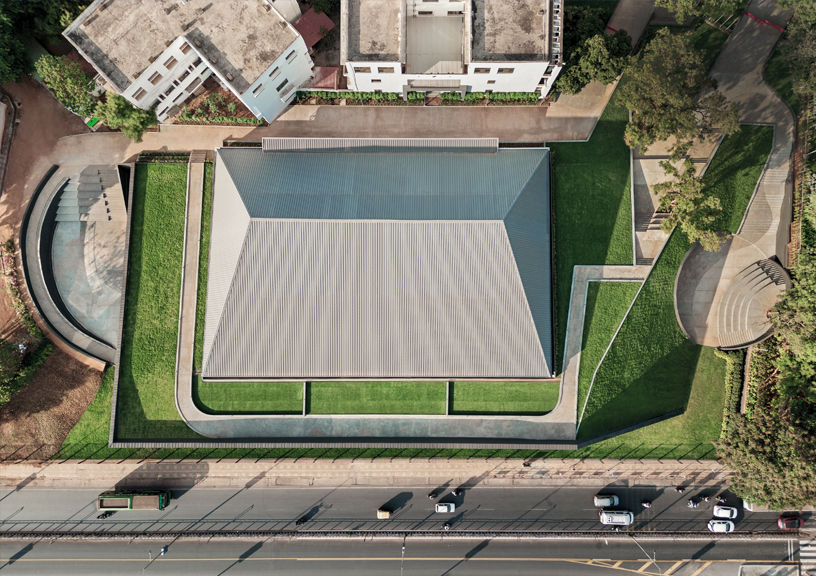
The courts are framed by a pyramidal steel roof, while the peripheral green roof seamlessly melds with the campus landscape. This dual roofing strategy creates a dynamic interplay between architecture and nature, allowing the structure’s edges to blur into the environment, embodying the concept of the ‘figure merging into the ground.’ Spectator stands, accommodating 1,300 individuals, flank the central courts, which can also transform into a convocation hall seating up to 3,500 people. The ancillary facilities, including changing rooms and restrooms, are thoughtfully arranged around the courts to ensure functional efficiency. Accessibility and social engagement were integral to the design.

The building connects to the campus via two plazas—the east and west plazas—and an additional entrance under the roof truss to the north. These plazas, shaped around existing trees and contours, extend the campus’s social fabric into and around the arena. By creating spaces for gathering, interaction, and leisure, the building becomes a hub for both sports and community activities. Externally, the arena engages with its surroundings as an extension of the campus’s urban space. Internally, it forms an insular and focused environment tailored to the demands of competitive sports. This dual character ensures the facility resonates with a broader audience, inviting participation from the entire university community and beyond.
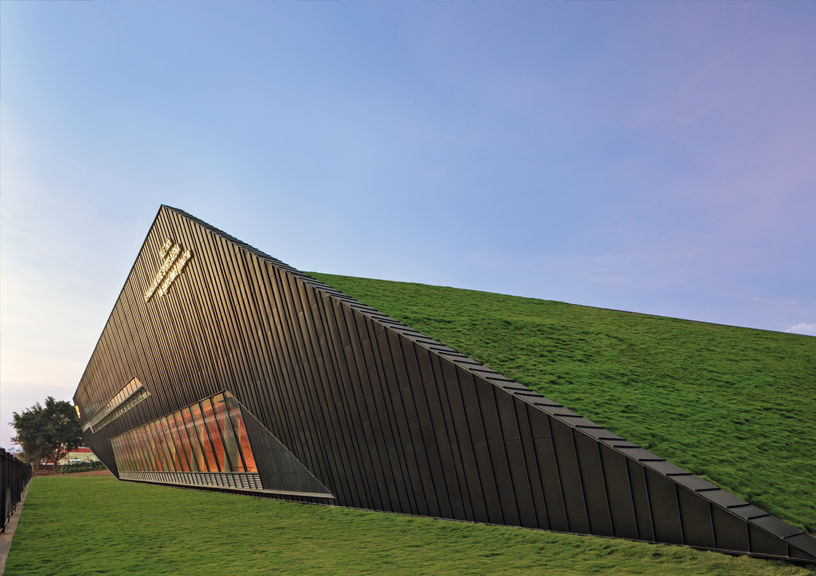
The arena’s brilliance lies in its seemingly paradoxical design. People engage with it by going over, around, and through it, transforming it into a dynamic public realm. “It is always satisfying to see how well a project is received and also how people then use it inways that we also have not imagined and thus make it their own. This arena has gradually been imbibed in the life of the campus and has become a part of its fabric. Vice Chancellor Dr. Ashok Shettar, who championed the project, highlighted its evolution from a functional sports facility and convocation space into a symbol of pride and a valuable public space for the university,” concludes Praveen. By pushing the boundaries of what sports infrastructure can achieve, Thirdspace Architecture Studio has gifted Hubbali an architectural marvel that inspires pride and redefines the city’s identity.
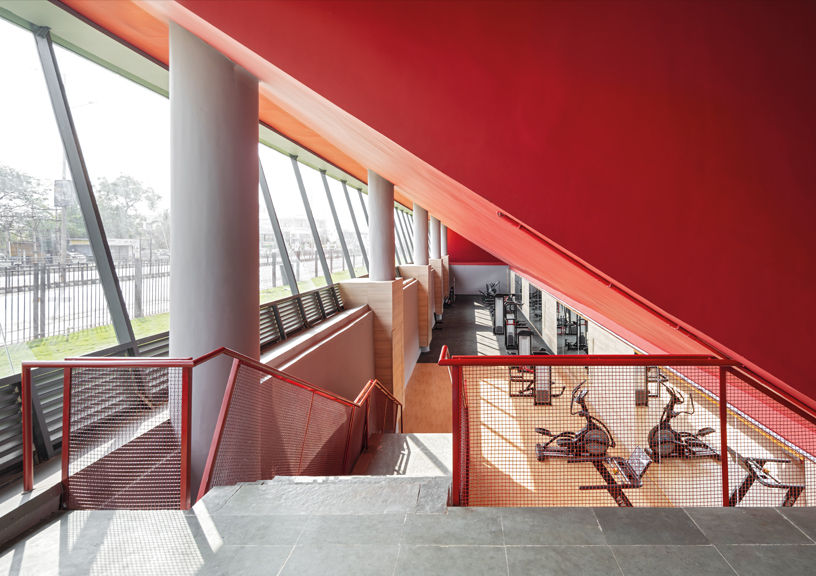
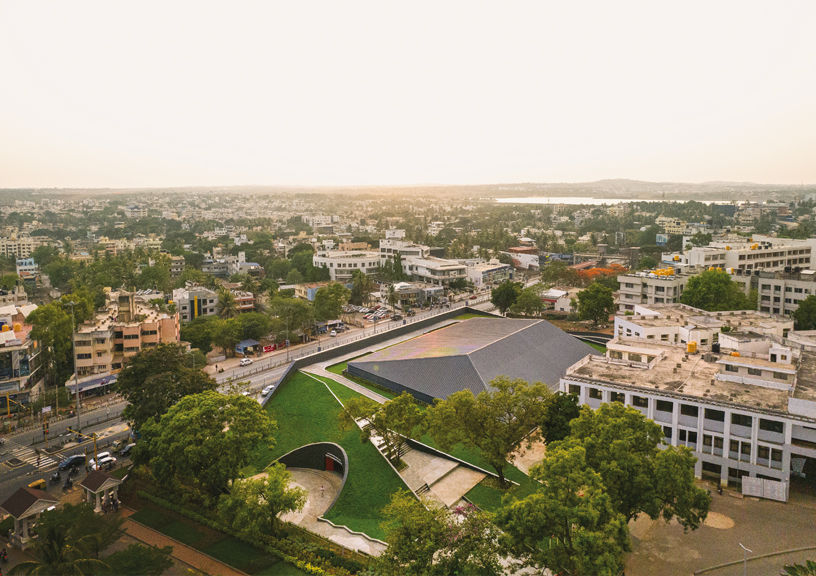
FACT FILE
Client: KLE Technological University, Hubbali
Project Team: Praveen Bavadekar, Namrata Betigiri, Ashwani Choudhary
Gross Built Area: 4500 sq.m
Project Location: Hubbali, Karnataka, India
Structural Design: Manjunath & Co, Bengaluru (B.L.Manjunath)
Landscape Architects: ecoINSCAPE, Bengaluru (Sudhir Choughule)
Main Contractors: New Homes Infrastructure, Hubli (Shri Shivayogimath)
Year of Completion: 2023

Thirdspace Architecture Studio
Praveen Bavadekar, Principal & Partner
Founded in 2002, Thirdspace Architecture Studio (TAS) embodies the diversity and complexity of India through its multidisciplinary portfolio spanning various scales, typologies, and geographies. With studios in Belagavi and Pune, TAS bridges rural and urban sensibilities, integrating tradition with innovation. Led by founder Praveen Bavadekar, an alumnus of the AA, London, and Principal Namrata Betigiri, a graduate of USC, the practice explores the intersections of nature and structure while fostering a thoughtful design ethos.
